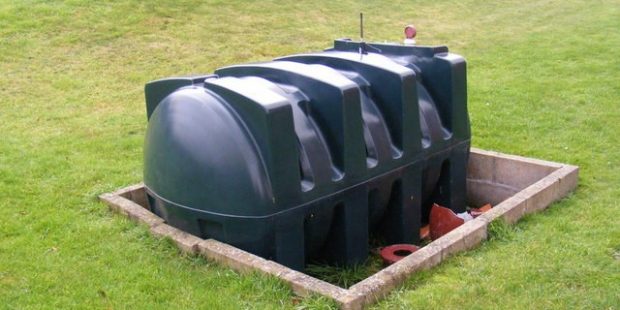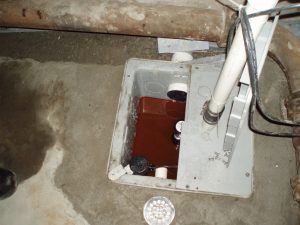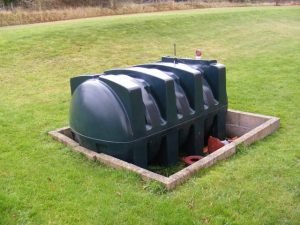
If you are buying an older house there is a good chance that at some point heating oil was used to heat the property. If the house still uses oil heating, an underground oil tank will deliver oil to the furnace. However, if the property has been converted to electric or gas-powered heating, there could still be a disused underground oil tank that needs to be removed.
A disused underground tank could contaminate groundwater or soil and, therefore, damage the environment. It could also collapse, leading to a sinkhole. If you are buying a home with a disused oil tank, it would be prudent to ask the current owner to decommission the tank before you buy the property.
If you have carried out tank decommissioning on a property you already own, you should retain the paperwork because a future owner of the house would need the documentation.
If your property still uses an oil tank, it could be a good idea to consider taking out insurance that covers you for clean-up costs in the event of an oil leak.
Identifying a disused oil tank
An examination of the basement can give clues as to whether an oil tank was used in a property. Oil stains or cut pipework could indicate an oil tank was previously used to heat the house. Tank Decommissioning companies can help to locate an underground tank by carrying out a survey or using a metal detector to locate the fill cap.
Is tank removal necessary?
If you discover a disused oil tank on your property you will need to ensure any remaining oil is removed to prevent the risk of contaminating the surrounding area. You will then need to decide on which tank decommissioning option to take. The government has drawn up guidelines on the decommissioning of tanks.
The tank could be completely removed but this is an expensive option, especially if it sits underneath a patio. Alternatively, it could be emptied, cleaned and then filled with either polyurethane foam or concrete slurry, which would prevent the tank from collapsing in the future. Lastly, the tank could be drained and cleaned then left empty and capped, but this runs the risk of a future collapse, potentially creating a sinkhole or damaging nearby buildings.


